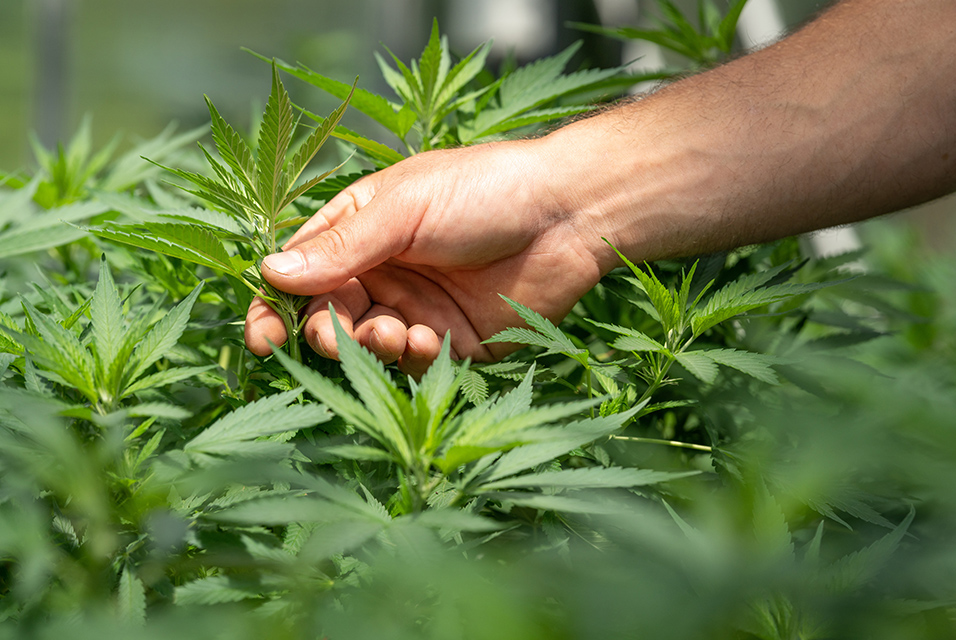PULLMAN, WA.- An intense but short-term exposure to cannabis vapor lowered sperm counts and slowed sperm movement, or motility, not only in the directly exposed male mice but also in their sons.
The Washington State University study, published in the journal Toxicological Sciences, builds on other human and animal studies, showing that cannabis can impede male reproductive function. The current study uses more controlled circumstances than human studies, which often have to rely on surveys, and is the first known reproductive study to use vaporized whole cannabis in mice, which is the more common form humans use. Previous animal studies use other administration methods such as injections of tetrahydrocannabinol (THC), the main psychoactive component of cannabis.
More research needs to be done, but the study's generational findings should give cannabis users pause, said Kanako Hayashi, the paper's corresponding author.
"This is a warning flag. You may take cannabis for some kind of momentary stress, but it could affect your offspring," said Hayashi, who is an associate professor in WSU's School of Molecular Biosciences.
Human sperm counts have declined by as much as 59% in recent decades, according to some estimates. There are likely many reasons for this decline, Hayashi said, but this study adds to the evidence that cannabis use may be detrimental to male reproductive function.
For this study, researchers studied 30 adult male mice. They exposed 15 of them to cannabis vapor three times a day for ten days—an intense amount but one that mimics the cannabis intake of frequent cannabis users. The researchers then compared sperm counts and motility in those mice to the unexposed control group. They found that immediately after the exposure period, the mice's sperm motility decreased, and after one month, sperm counts were lower.
The researchers bred several of the male mice to unexposed female mice. The male progeny of the exposed group also showed lowered sperm count and motility. Cannabis-exposed sons also showed evidence of DNA damage and disruption related to sperm cell development.
"We were not expecting that the sperm would be completely gone or that motility would be completely offset, but the reduction in sperm count and motility of the offspring, the sons, is probably a direct effect of the cannabis exposure to father," said Kanako.
A third-generation, the grandsons of the exposed male mice, did not show the same impacts, however, which suggests that the cannabis exposure impacted the second-generation mice at a developmental stage.
Hayashi and her colleagues are currently testing the theory that cannabis exposure to mice in utero would have deeper generational effects, as the drug would affect the formation of the mice's reproductive system that could be passed down.










